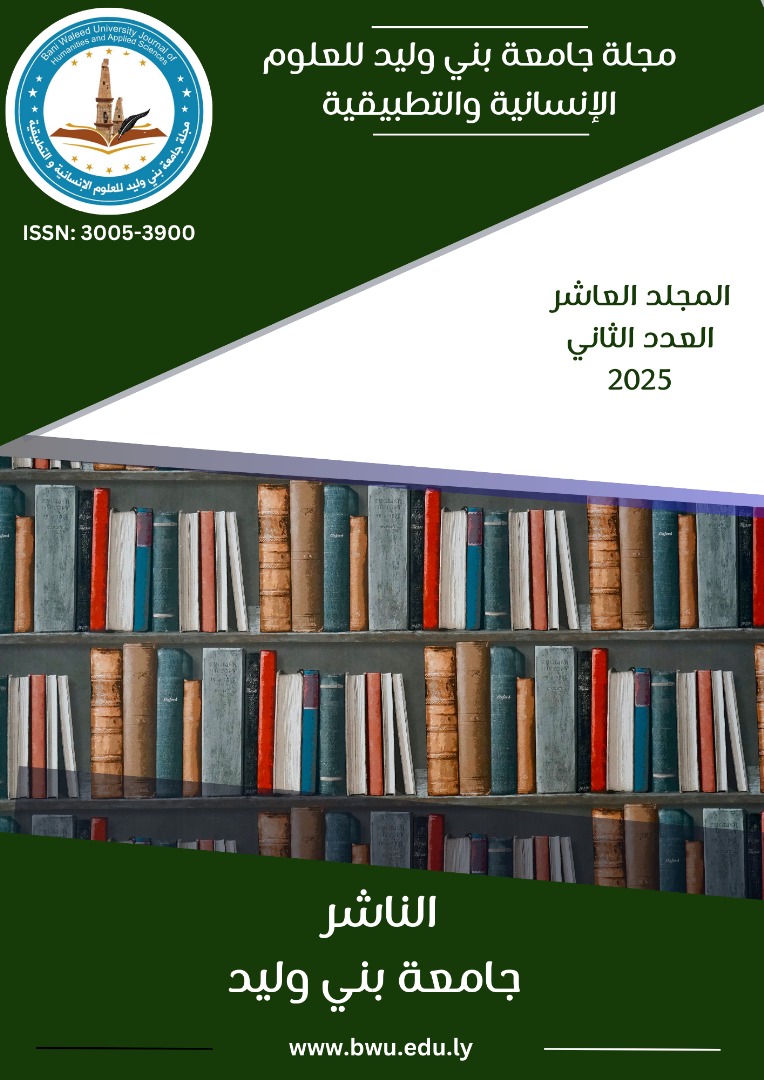Linear Quadratic Integral Control for Glucose Insulin Interaction in Human Body
DOI:
https://doi.org/10.58916/jhas.v10i2.752Keywords:
Glucose, Insulin, Linear Quadratic Integrator, Linear Quadratic Regulator, Optimal ControlAbstract
This study examines the design of an optimal controller aimed at reducing the insulin dose required for the treatment of diabetic patients. The design is based on the application of optimal control methods, specifically utilizing the Linear Quadratic Regulator and the Linear Quadratic Integrator (LQI). These controllers compute the optimal insulin dosage based on blood glucose readings while minimizing the administered amount to the greatest extent possible. At the conclusion of the study, the results obtained from both methods are compared to determine the approach that delivers superior performance in reducing the insulin dose and maintaining stable blood glucose levels.
Downloads
References
Stoppler, M. C., & White, J. R. (2022, March 31). Diabetes symptoms (Type 1 and Type 2). MedicineNet. Retrieved March 31, 2022, from https://www.medicinenet.com
Pointer, K. (2017, August 18). Everything you need to know about glucose. Healthline. Retrieved August 18, 2022, from https://www.healthline.com
Nall, R. (2021, November 30). An overview of diabetes types and treatments. Medical News Today. Retrieved from https://www.medicalnewstoday.com
International Diabetes Federation. (2023, January 16). What is diabetes? Retrieved from https://www.idf.org
Mayo Clinic. (2020). Type 2 diabetes. Retrieved from https://www.mayoclinic.org/diseases-conditions/type-2-diabetes/symptoms-causes/syc-20351193
Cleveland Clinic. (2023, February 17). Diabetes mellitus: Diagnosis and tests. Retrieved from https://my.clevelandclinic.org
Harvard Medical School. (2018). Type 1 diabetes mellitus. Retrieved April 10, 2023, from https://www.health.harvard.edu
Marin-Penalver, J. J., et al. (2016). Update on the treatment of type 2 diabetes mellitus. World Journal of Diabetes, 7(17), 354–395. https://doi.org/10.4239/wjd.v7.i17.354
UCSF Health. (n.d.). Diabetes mellitus treatments. Retrieved April 10, 2023, from https://www.ucsfhealth.org/conditions/diabetes-mellitus/treatment
Thiagarajan, N., et al. (2025). Web-based, algorithm-guided insulin titration in insulin-treated type 2 diabetes: Pre-post intervention study. JMIR Formative Research, 9(1), e68914. https://doi.org/10.2196/68914
Bergman, R. N., et al. (1979). Quantitative estimation of insulin sensitivity. American Journal of Physiology-Endocrinology and Metabolism, 236(6), E667–E677. https://doi.org/10.1152/ajpendo.1979.236.6.E667
Hipszer, B. R. (2001). A type 1 diabetic model (Master’s thesis). Drexel University.
Lehmann, E. D. (1997). Interactive educational simulators in diabetes care. Medical Informatics, 22(1), 47–76. https://doi.org/10.3109/14639239709089834
Benyó, Z., et al. (1998). Design of glucose control via symbolic computation. Proceedings of the 20th Annual International Conference of the IEEE Engineering in Medicine and Biology Society, 20(6), 3116–3119.
Daafouz, J., Lohéac, J., & Postoyan, R. (2024). Mixed regular and impulsive sampled-data LQR. arXiv preprint. https://arxiv.org/abs/2409.01896
Saleem, O., & Iqbal, J. (2024). Blood-glucose regulator design for diabetics based on LQIR-driven sliding-mode-controller with self-adaptive reaching law. *PLOS ONE, 19*(11), e0314479. https://doi.org/10.1371/journal.pone.0314479
Athans, M., Falb, P. L., & Lacoss, R. T. (1963). On optimal control of self-adjoint systems. Proceedings of the 1963 Joint Automatic Control Conference.













